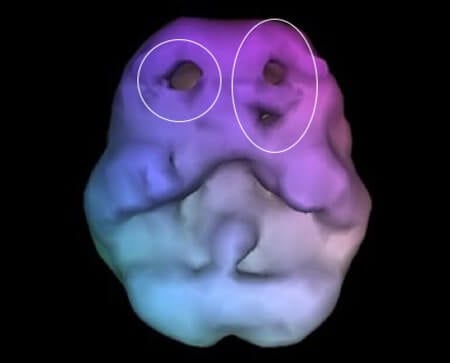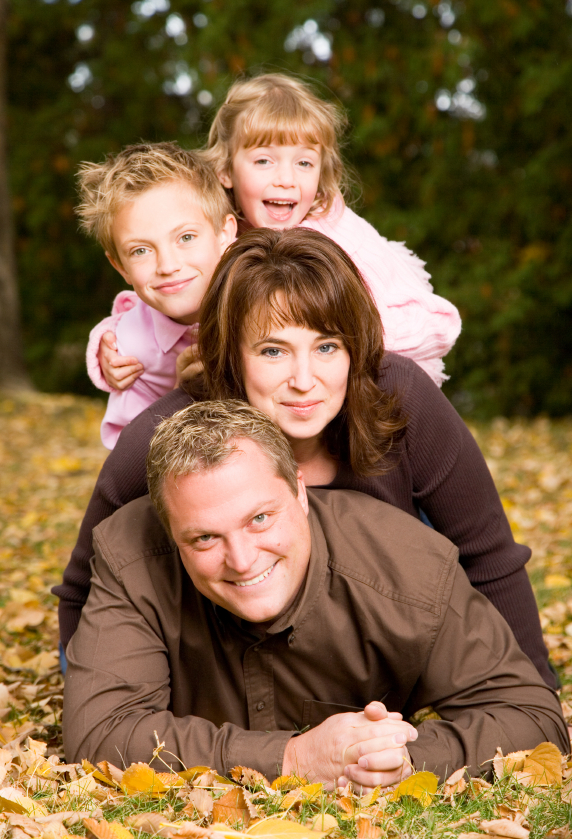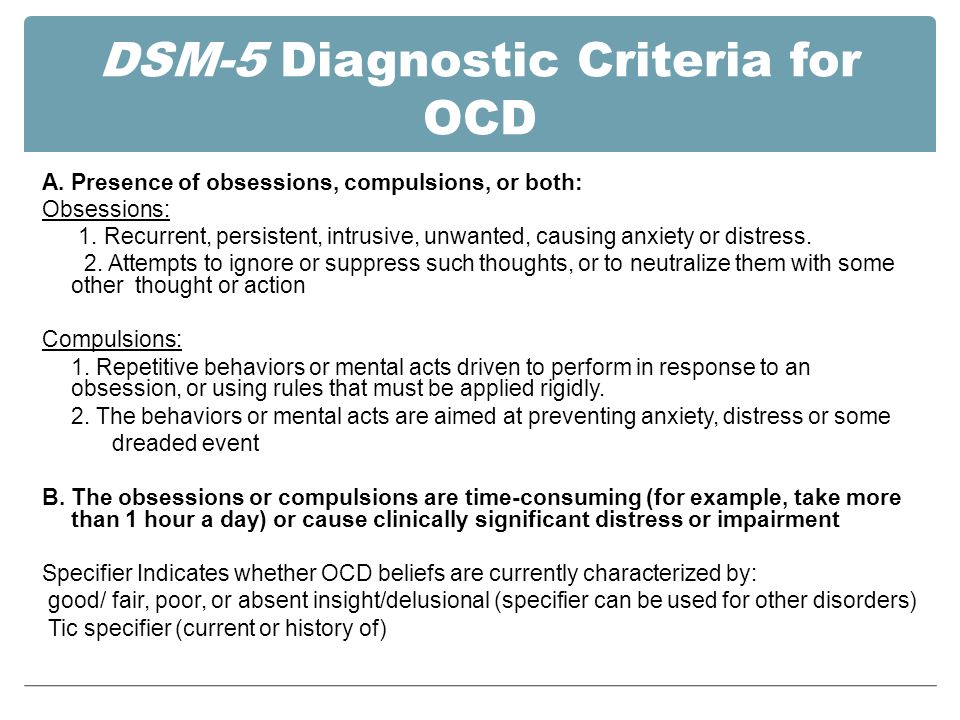Anxiety in teens quiz
Does My Teen Have an Anxiety Disorder? [Quiz Included!]
It’s normal to feel anxious at times. There are things in life that will scare us or make us feel agitated—especially during the teen years! Yet, anxiety can grow to the point where it becomes a serious disorder, impeding on an individual’s ability to function in everyday life. Keep reading to learn if your teen has an anxiety disorder and how you can help them.
Signs of Anxiety Disorders
Anxiety disorders may not always be obvious. Teens, like most people, can be really good at hiding how they feel. A lot of times, they won’t let those around know about what they’re dealing with because they don’t want to come off as abnormal. Sometimes, however, it may be obvious that a teen may be struggling with anxiety. Although there are various anxiety disorder symptoms, individuals may not show all of them. Their response to anxiety may vary and change over time. Here are just some of the symptoms you should look for when considering whether or not your teen has an anxiety disorder.
- Excessive worrying
- Agitation
- Restlessness
- Feeling tired constantly
- Trouble concentrating
- Irritability
- Ongoing muscle tension
- Sleep disorders or sleep deprivation in general (not by choice but by inability to go to sleep or to stay asleep)
- Panic attacks
- Extreme uncomfortability during social situations
- Irrational Fears
- Increased heart rate
- Hyperventilation
- Sweating (when not exercising or in the heat)
- Gastrointestinal problems
- Nausea or dizziness
If you’re unsure about any of them, take the opportunity to gently ask your teen directly. Let them know that they’re in a safe place and that they can be open and honest about how they feel.
To help you navigate this issue further, we’ve created this quiz that can help you analyze just how likely it is that your teen has an anxiety disorder.
Causes of Anxiety Disorder
There are so many reasons as to why your teen may have an anxiety disorder. It’s not something that can clearly be pinpointed, but there are life events or even medical issues that can be associated with the disorder. However, there are some factors that can cause your teen to be at risk of getting an anxiety disorder, like
It’s not something that can clearly be pinpointed, but there are life events or even medical issues that can be associated with the disorder. However, there are some factors that can cause your teen to be at risk of getting an anxiety disorder, like
- Abuse
- Trauma or PTSD
- Major health conditions
- The buildup of multiple stressful situations
- Other mental health disorders
- Biological relatives with anxiety disorders
- Drugs or alcohol use
Treatment Options for Anxiety Disorders
If you suspect that your teen has an anxiety disorder, it’s important to seek help. Talk to your family doctor and therapist. Your doctor may be able to direct you to appropriate medication options and your therapist can help your teen navigate their anxieties and learn the coping strategies they need to be successful.
Some things that have been known to help with anxiety are
- Meditation
- Yoga, working out, or other physical activity
- Reduce caffeine intake
- Get more sleep (teens need 8-10 hours of sleep per night)
- Eat a healthier diet
Turn-About Ranch Can Help!
After talking with your teen’s therapist, you should have a good idea of the type of treatment that is needed.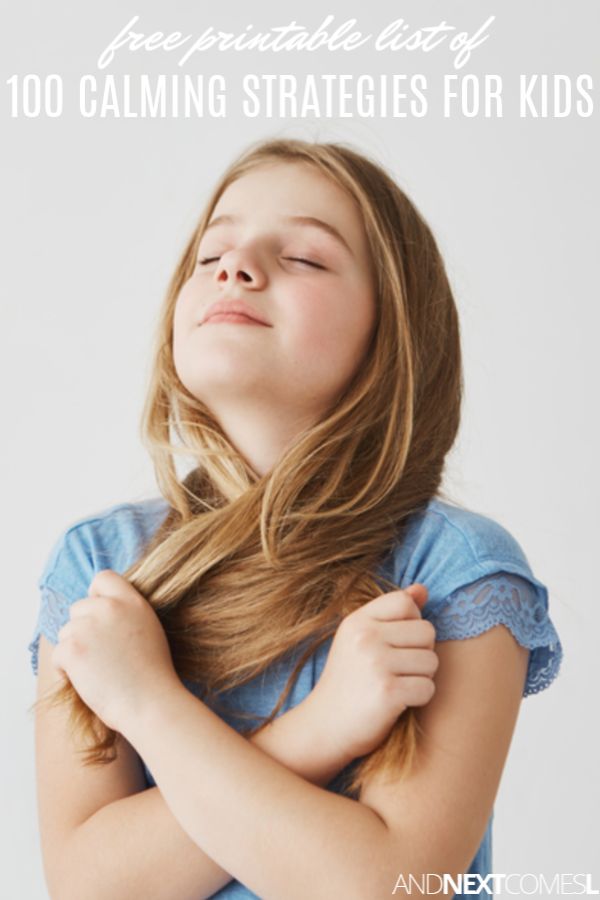 Is inpatient treatment needed? Could equine therapy be helpful? If these options haven’t been discussed but you think they’d be valuable to your teen, discuss them with your therapist. You can also look to Turn-About Ranch as we’ve worked with many teens dealing with anxiety. We’re passionate about helping teens learn how to cope with their issues in a safe and supportive environment. Give us a call at (800) 842-1165.
Is inpatient treatment needed? Could equine therapy be helpful? If these options haven’t been discussed but you think they’d be valuable to your teen, discuss them with your therapist. You can also look to Turn-About Ranch as we’ve worked with many teens dealing with anxiety. We’re passionate about helping teens learn how to cope with their issues in a safe and supportive environment. Give us a call at (800) 842-1165.
Do I Have Anxiety Quiz – Rogers Behavioral Health
- We want to helpCall 800-767-4411 to request a free screening. Location numbers
Take a short quiz to find out.
Start quiz
Quick facts
Learn more about anxiety symptoms, causes, and treatment options.
Quick facts for anxiety
We want to help!
Living with the paralyzing symptoms of an anxiety disorder can make even the simple things in life seem difficult. With one of the most comprehensive anxiety treatment programs available for kids, teens, and adults, Rogers Behavioral Health is here to help you.
Anxiety quiz
Answer the questions completely and honestly. Your responses should reflect the way you feel now, not the way you’d like to feel. Remember, it is never too late to seek help.
Do I have anxiety? Anxiety is a behavioral disorder that is more extreme than day to day anxieties. For example: worrying more than those around you about multiple areas of your life, recurrent episodes of intense fear, and more. Answer the quiz questions completely and honestly. Your responses should reflect the way you feel now, not the way you’d like to feel. Remember, it is never too late to seek help. This brief quiz below can help determine if you behave in a way that demonstrates a tendency toward an anxiety disorder. While helpful, it is not intended to be a comprehensive diagnosis or to diagnose a specific type of anxiety disorder. Based on your answers, you may receive a possible indication of anxiety. If so, we are here and ready to help!
While helpful, it is not intended to be a comprehensive diagnosis or to diagnose a specific type of anxiety disorder. Based on your answers, you may receive a possible indication of anxiety. If so, we are here and ready to help!
Over the past month:
1. Do you find yourself worrying more than other people would about more than one area of your life such as personal finances, job security, or the health and well-being of family members?
Yes No
2. Do you find yourself having difficulty controlling your worry and performing necessary tasks at work, home, or school?
Yes No
3. Do you feel you have more difficulty than most people with social situations such as talking and interacting with others either in person or by phone?
Yes No
4. Do you avoid social situations because you are concerned you may do or say something embarrassing and that others will reject you? Examples include avoiding speaking in front of others, job interviews, or asking for assistance.
Do you avoid social situations because you are concerned you may do or say something embarrassing and that others will reject you? Examples include avoiding speaking in front of others, job interviews, or asking for assistance.
Yes No
5. Do you have recurrent episodes of intense fear and physical symptoms that seemingly happen for no apparent reason or from out of the blue? Symptoms can include an increase in heart rate, chest tightness, dizziness, stomach upset, feeling hot or cold, or tingling in your hands or feet.
Yes No
6. During one of these episodes, do you ever fear that that you may be dying, going crazy, fainting, or losing control?
Yes No
7. Do you avoid situations that may provoke these episodes such as being alone or in crowded situations, driving or riding in a car or public transportation, or going to movie theaters or church?
Yes No
Wondering if you have obsessive compulsive disorder?
Take a short quiz to learn more.

Learn more
Call 800-767-4411 or go to rogersbh.org to request a free screening.
10 causes of anxiety in today's teenagers
Anxiety - is our constant companion. And what are the reasons for the increased anxiety of today's children and adolescents? We suggest that you familiarize yourself with the list from the psychotherapist Amy Morin.
We have created an environment that promotes anxiety, not resilience.
The New York Times recently published an article titled "Why Are More Teens in America Suffering from Severe Anxiety?" The author describes in detail several cases of adolescents struggling with anxiety over a couple of years.
The article asks why we are seeing such an increase in anxiety among today's youth. As a psychotherapist, university lecturer, and author of The 13 Habits of Mentally Strong People (and a book on the subject for parents 13 Things Mentally Strong Parents Don't Do , which has not yet been translated into Russian - ed. note), I agree that anxiety is a widespread problem among teenagers. This is the most common reason why people of all ages come to me for therapy.
note), I agree that anxiety is a widespread problem among teenagers. This is the most common reason why people of all ages come to me for therapy.
Some young people are successful perfectionists who suffer from fear of failure. Others are unsettled by intense anxiety about what is about them. peers think.
Some of them experienced difficult events in their lives. However, others have a strong family, caring parents and an abundance of opportunities.
I suspect that the increase in anxiety reflects several social changes and cultural shifts that we have seen over the past couple of decades. Here are ten main reasons:
1. Gadgets offer an unhealthy way out.
Constant access to digital devices allows children to avoid unpleasant emotions - boredom, loneliness, sadness: they immerse themselves in games during a car ride or chat on social networks when they are sent to “think about their behavior” in their room.
Now we see what happens when a whole generation spends childhood avoiding inner discomfort.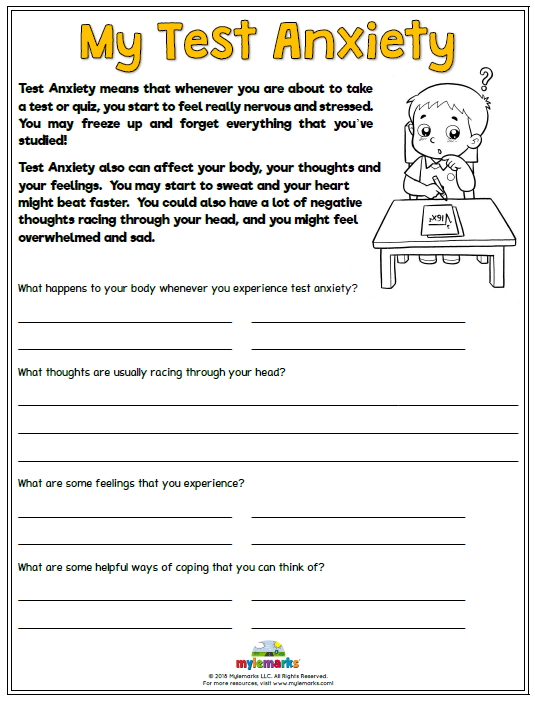 Electronic devices have replaced their capabilities to develop psychological resilience, and they have not acquired the skills to solutions to everyday problems.
Electronic devices have replaced their capabilities to develop psychological resilience, and they have not acquired the skills to solutions to everyday problems.
2. Fashion for happiness.
Happiness is so important in our culture that some parents They think that their task is to constantly please their children. When a child is sad parents try to cheer him up. If he gets angry, calm him down.
Children grow up believing that if they don't feel happy around the clock, something is wrong with them. This creates a strong inner confusion. They don't understand how to feel sad, frustrated, guilty, Frustration and anger are normal and natural.
3. Parental praise contains unrealistic expectations.
Phrases such as “You run faster than all the guys” or “You are the smartest in the class” do not increase self-esteem. Instead, they put pressure on children to conform to those labels. This can lead to a paralyzing fear of failure or rejection.
4. Parents get involved in the rat race.
Many parents have become something like personal assistants for their teenagers. They work hard to keep their children competitive, hiring tutors and private sports coaches, and paying for expensive college courses. They do everything to help their teenagers get certificates worthy of the best educational institutions. The message of these parents is that their teenager must succeed in everything in order to get a coveted place in such a university.
5. Children don't learn emotion regulation skills.
We place great emphasis on academic preparation, but little effort is made to teach children the emotional skills they need to succeed. Indeed, a nationwide survey of first-year students found that 60 percent felt emotionally unprepared for university life.
Ability to manage your time, deal with stress and take care of your feelings are key skills for a decent life.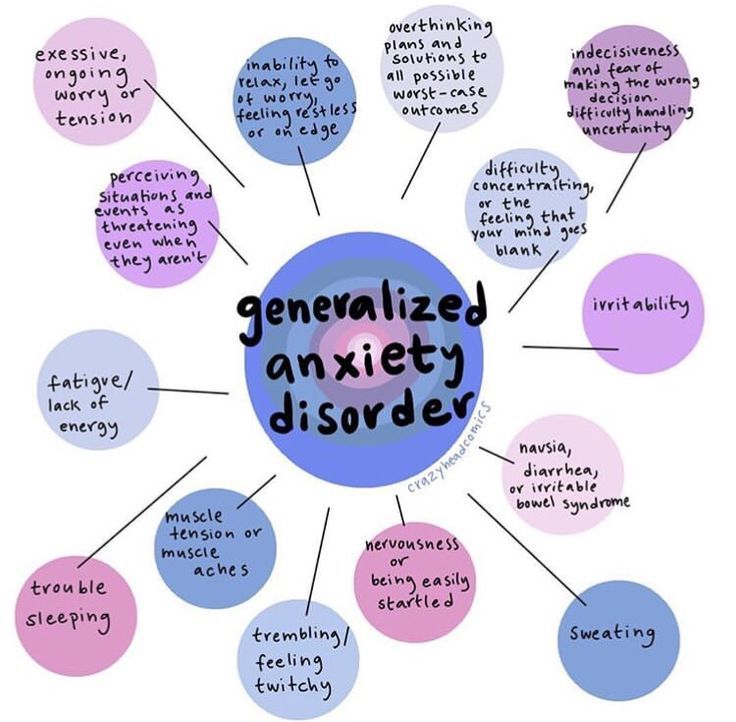 Not surprisingly, teenagers who do not know how to cope with emotions, experience anxiety due to everyday trouble.
Not surprisingly, teenagers who do not know how to cope with emotions, experience anxiety due to everyday trouble.
6. Parents see themselves as protectors rather than mentors.
At some point, many parents began to believe that their role was to about helping children grow up with as few emotional and physical scars. They became so overprotective that their children had no no opportunity to try to solve problems on your own. Consequently, these children have grown up with the belief that they are too fragile to handle the realities of life.
7. Adults do not know how to properly help children face each other. with your fears.
At one extreme are parents who put too much pressure on their children, make them do things that scare them. At the other extreme are parents who don't encourage kids at all. They let their kids give up everything which causes the slightest concern.
The ability to face risk is the best way to overcome fear, but only when it is done gradually, step by step. Without practice gentle prodding and our guidance, children will never gain confidence that they are able to face their fears.
Without practice gentle prodding and our guidance, children will never gain confidence that they are able to face their fears.
8. Parents are guided by feelings of guilt and fear in raising children.
Parenting raises various unpleasant emotions in us, such as feelings of guilt and fear. But instead of allowing themselves to experience these emotions, many parents change their tactics. Now they keep their eyes on the children, because they are disturbed when the children disappear from view; or they feel so guilty about denying their children that they prefer to give in and give up. As a result, they teach children that unpleasant emotions are unbearable.
9. Children are not given enough free time to play.
Of course, sports clubs and clubs play an important role in the lives of children, but there the rules are created and enforced by adults. Free play, on the other hand, teaches children vital skills, such as how to deal with disagreements without parental help.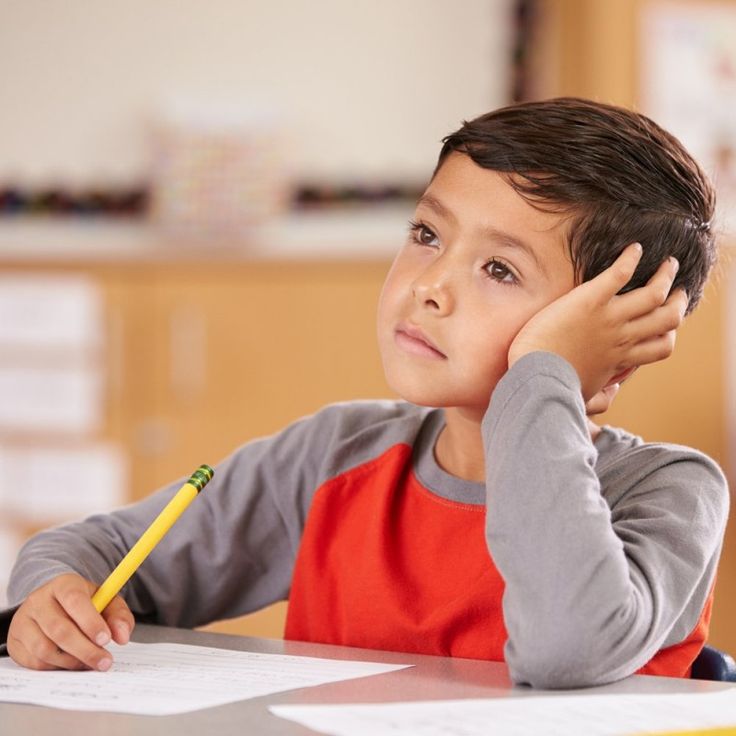 And solitary play teaches children to be alone with their thoughts and feel comfortable with themselves.
And solitary play teaches children to be alone with their thoughts and feel comfortable with themselves.
10. The hierarchy within the family is broken.
Although we sometimes think that our child would like to be in charge, children know deep down that they are incapable of making good decisions. They want their parents to lead them - even when there are disagreements. And when the hierarchy is blurred—or even turned upside down—their anxiety skyrockets.
Dealing with the Anxiety Epidemic
We have created an environment that promotes anxiety in young people - not resilience. And while we can't prevent all anxiety disorders—they certainly have a hereditary component—we can help kids develop the mental toughness they need to stay healthy.
Amy Morin, therapist
Source: https://www.psychologytoday.com/ca/blog/what-mentally-strong-people-dont-do/201711/10-reasons- teens-have-so-much-anxiety-today
Methodology "Identification of the level of anxiety in adolescents" .
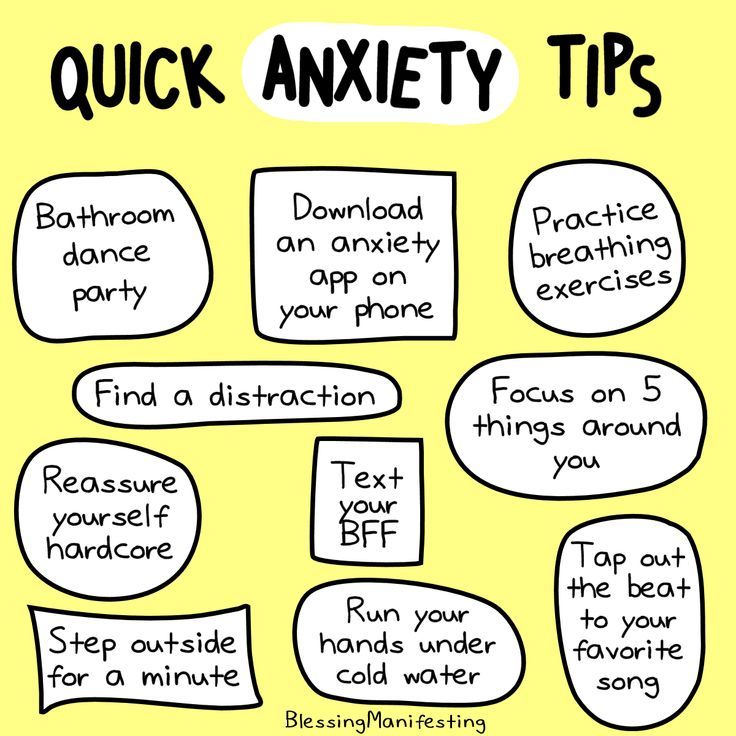 Emotions and feelings
Emotions and feelings The technique was developed on the basis of O. Kondash's "Scale of Socio-Situational Anxiety" (1973). The peculiarity of scales of this type is that in them a person evaluates not the presence or absence of any experiences, symptoms of anxiety, but the situation in terms of how much it can cause anxiety. The advantage of scales of this type is, firstly, that they make it possible to identify areas of reality, objects that are the main sources of anxiety for the student, and, secondly, to a lesser extent than other types of questionnaires, turn out to be dependent on the developmental characteristics of children. introspection students.
The form of the methodology contains instructions and tasks, which allows, if necessary, to carry it out in a group. On the first page of the form, the surname, name of the student, class, age and date of the study are indicated.
Instruction. The following pages list situations that you often encounter in your life.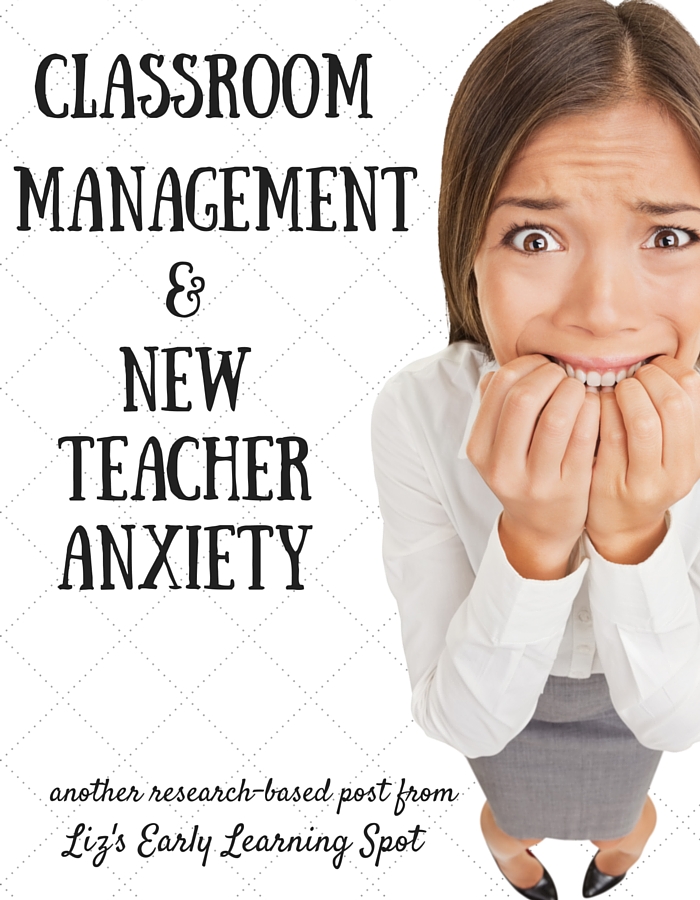 Some of them could be unpleasant for you, cause excitement, anxiety, anxiety, fear. Read each sentence carefully and circle one of the numbers on the right: 0, 1, 2, 3, 4.
Some of them could be unpleasant for you, cause excitement, anxiety, anxiety, fear. Read each sentence carefully and circle one of the numbers on the right: 0, 1, 2, 3, 4.
- If the situation does not seem at all unpleasant to you, circle the number 0.
- If she worries you a little, circle the number 1.
- If the situation is unpleasant enough and causes such anxiety that you would rather avoid it, circle the number 2.
- If it is very unpleasant for you and causes severe anxiety, anxiety, fear, circle the number 3.
- If the situation is extremely unpleasant for you, if you cannot bear it and it causes you very strong anxiety, very strong fear, circle the number 4.
Your task is to imagine each situation as clearly as possible and circle the number to what extent this situation can cause you fear, anxiety, anxiety or fear.
Questionnaire:
Questionnaire (end).
The methodology includes three types of situations:
1) situations related to school, communication with teachers;
2) situations that actualize the idea of oneself;
3) communication situations.
Accordingly, the types of anxiety identified using this scale are designated as school, self-assessment and interpersonal. Data on the distribution of scale items are presented in Table. 2.
Table 2. Types of anxiety.
The total score is calculated separately for each section of the scale and for the scale as a whole. The results obtained are interpreted as indicators of the levels of the corresponding types of anxiety, the indicator on the entire scale - as a general level of anxiety.
B tab. Figure 3 presents standard data that allows you to compare anxiety levels in different age and sex groups. Standardization was carried out in urban schools, so the presented characteristics are not applicable to rural students.
The level of anxiety for each gender and age group was determined based on the arithmetic mean of each group; as an indicator of the interval, the standard deviation from the results of the group was taken.
